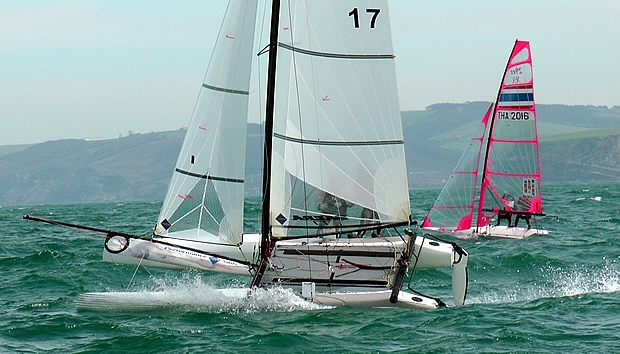
ISAF Evaluation Trials - our thoughts
So having looked at the contenders for the ISAF Evaluation Trials – which came out on top?
Having polled some of the Member National Authority (MNA) sailors whose job was to get a feel for the boats at the trials, in a nutshell among the Women’s Skiffs, the Mackay FX, the 49er with the cut-down rig, seemed to be the boat people most enjoyed sailing, followed by the Hartley Rebel and the RS900. Among the mixed crew catamaran contenders it was the NACRA 17 followed closely by the Viper.
However these pronouncements come with numerous caveats.
We only spoke to a few of the MNA sailors of whom there were around 50 in total in Santander last week, with representives from all corners of the globe, including Singapore, Russia, Australia and New Zealand. After trying each of the boats the sailors had to fill out a comprehensive form provided by the Evaluation Panel led by Chairman, Dick Batt. In these, the MNA sailors got to express their views on every aspect of each boat from sailing, launching, rigging, recovery, etc. This enormous amount of data was then being accumulated and processed by Simon Forbes, ISAF Technical and Offshore Manager and Henry Thorpe, ISAF Technical Coordinator.
There were some reservations about the process made by the sailors and the manufacturers. Some of the sailors felt that they didn’t get enough time to try out some of the boats they were supposed to be evaluating, while some manufacturers complained that towards the end of the event when races were held, the quality of some of the MNA sailors aboard their boats was below par and therefore didn’t properly reflect their boat’s performance. However a trial such as this, even held over nine days, can’t be perfect, but given the number of sailors taking part, we suspect that ISAF Technical team will still be able to glean accurate overall trends from the data they have accumulated.
Aside from this numerous question marks remain. As we have argued in the past, even after the excellent work carried out by the ISAF Olympic Commission [read a synopsis of the report they published last year here] there is still no formal demarcation in the Olympic sailing roster between boats which are grand prix and technically-orientated and others which promote ‘universality’ within sailing (a term taken from the Olympic Commission’s report referring to the number of countries around the world that take part in our sport - an aspect of sailing which the report convincingly argues is typically weak). For, by and large when it comes to boats, ‘grand prix’ and ‘universality’ are mutually exclusive: The former, best represented by the Star, allows nations to channel work into the development of their specific boats. This is representative of our equipment-driven sport, and appropriate given that the Olympic Games is supposed to be one of sailing’s pinnacle events. But to be competitive in these classes is costly. The latter group, among which the best example is the Laser, offers nations that are new to sailing a relatively easy and cheap pathway into our sport, which the Olympic Commission report maintains is vital for sustaining sailing’s future as an Olympic discipline.
Translate this into the Equipment Trials and among the mixed multihulls will the Tornado or the Viper or the Nacra 17 be chosen, which are the type of boats the elite sailors want to be racing in Rio come 2016, or will they opt for universality, in which case there is really no choice other than the old, but globally prolific Hobie 16? Similarly in the women’s skiff do you choose the high performance machines like the FX, RS900 and Hartley Rebel or the more attainable and widespread 29erXX?
Unfortunately we suspect this will prove to be a greater issue for ISAF in deciding the equipment than any performance aspect of the boats on trial. Sadly ISAF haven’t proved a great deal of guidance as to which way they are inclined, other than a shift away from the high cost, elite end.
So the decision will be a compromise. At the trials all the manufacturers were conscious of the price of their offerings, none more so than the Tornado class which has been at pains to reduce the cost of their notoriously expensive catamaran, by going one design, offering a bargain basement version built in Poland, even putting forward the ultimate leveller of making the Tornado supplied equipment, etc. But will even these moves entice a country that’s new to sailing, into our sport? We doubt it.
Derek Clark made the point concerning the Hartley Rebel that it has been developed as a boat that is ‘hard to sail’, in order to provide the girls with a similar challenge to that which the boys faced when they first stepped aboard the 49er back in the 1990s. While this makes complete sense if the Olympic Games is supposed to be a test of elite sailors aboard boats designed to reward the athleticism of the crew, unfortunately we don’t get the impression this is the direction in which ISAF wishes to head.
Already there is an indication that ISAF is focussing more on the ‘universality’ of the new equipment in the combined crew weight they have specified, especially 120-140kg for the mixed multihull. Most of the manufacturers and sailors seemed to think this was around 10kg too light for western crews as even at the present 130kg median you are still going to end up with two hobbits.
According to Jason Smithwick, Head of the Technical and Offshore Department at ISAF, deciding the weight ranges was down to the ISAF Equipment Committee and Evaluation Group. “There has been a lot of thought about the weight range and part of the events slate that we have now was down to a submission by the Japanese and we used those representations to create the weight ranges. But 20kg is quite a range for an Olympic boat. If you look at the profile of the sailors here [in Santander] – the weight range isn’t too far away.”
On the pro-‘universality’ stance, Smithwick points out: “The future of sailing isn’t always in Europe and America, it is around the world, particularly if you look where we are looking for Sailing World Cup venues - the Middle East and China. If we want to try and encourage those countries to get into sailing at this level, then we have to look at the weight range.”
In the multihull the crew weight issue could be alleviated if the range is raised and lighter crews from the Far and Middle East are allowed to use weight correctors. “They can work in the multihulls where for example even the Hobie 16s have a minimum weight crew and if you are below that minimum weight you start putting weight on the boat,” says Smithwick. “The multihull lends itself to that, although that is not saying we will make that requirement.”
So the upshot of all this is that while the Evaluation Trials may produce a ranking of the equipment the sailors like, unfortunately, given the ISAF Council’s track record on these decisions, they could well be meaningless, with the end result coming down to politics, what the International Olympic Committee is thought to want, and which classes, manufacturers and MNAs are best at pulling strings and scratching backs. And this could well be at the expense of what elite sailors want, further undermining the credibility of sailing at the Olympic Games.
The good news is that the decision on the equipment to be used in Rio 2016 now looks likely to be made sooner than previously thought, at the ISAF Mid-Year Meeting in Stresa, Italy over 3-6 May as opposed to the ISAF’s main conference in the autumn.
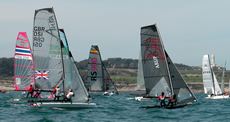 |
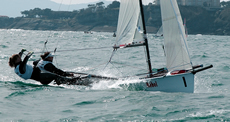 |
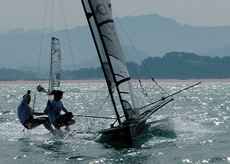 |
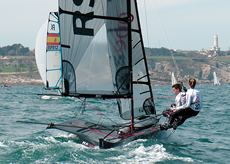 |
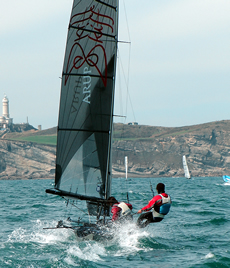 |
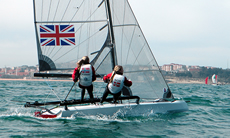 |
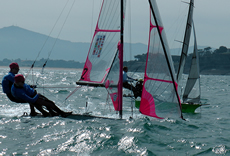 |
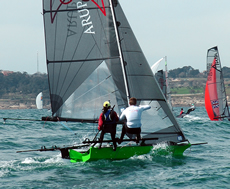 |
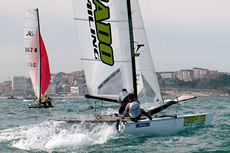 |
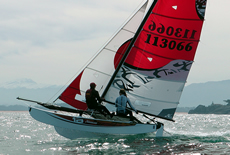 |
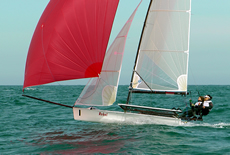 |
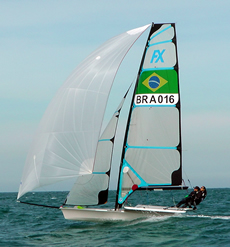 |
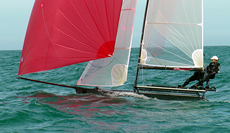 |
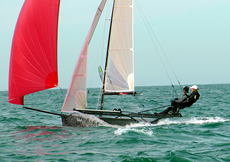 |
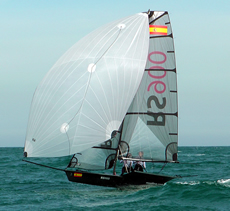 |
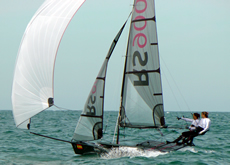 |
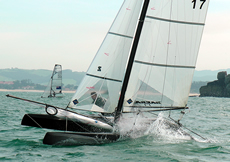 |
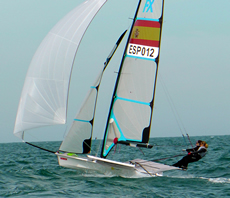 |
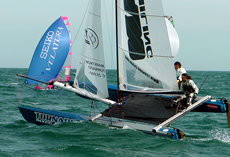 |
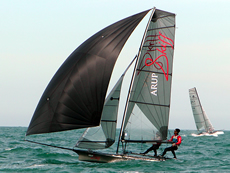 |
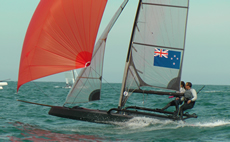 |
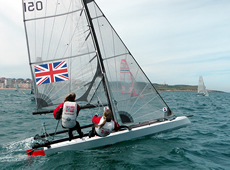 |
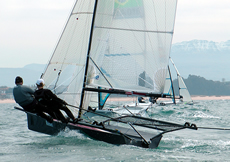 |
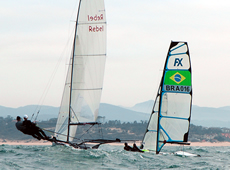 |
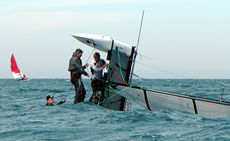 |
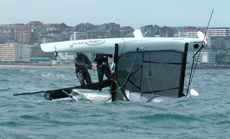 |
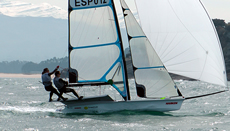 |
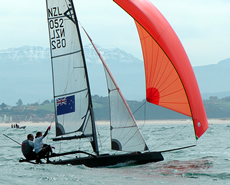 |
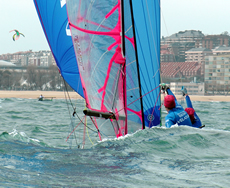 |
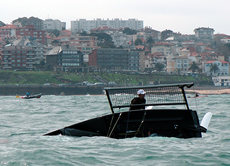 |
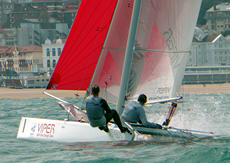 |
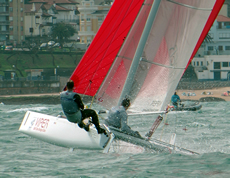 |
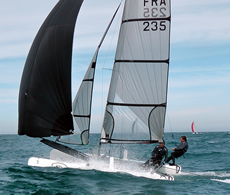 |
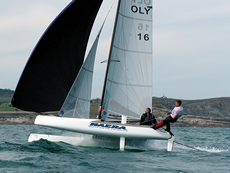 |
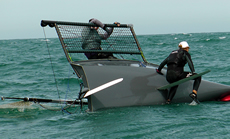 |
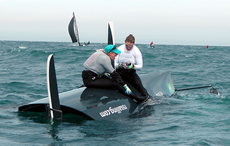 |
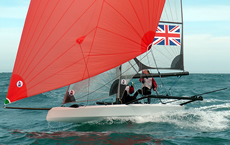 |
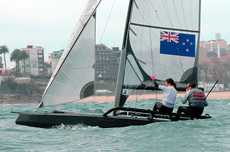 |
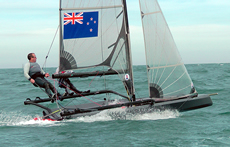 |
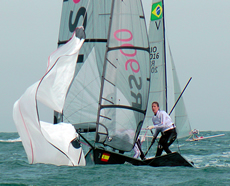 |
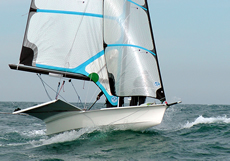 |
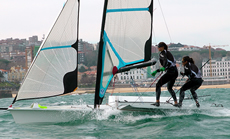 |
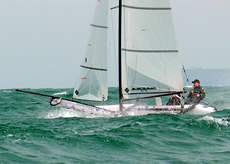 |
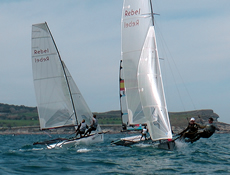 |
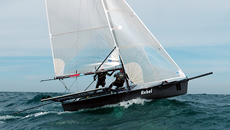 |
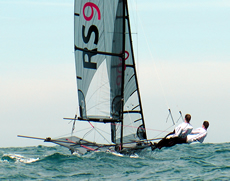 |
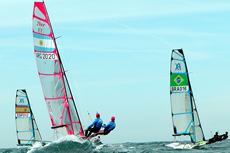 |
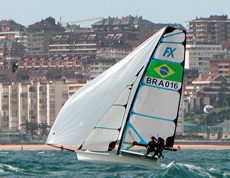 |
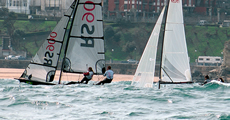 |
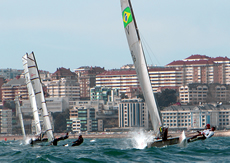 |
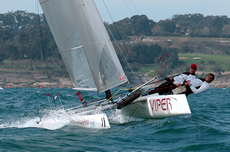 |
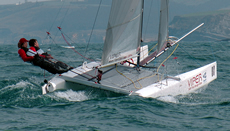 |
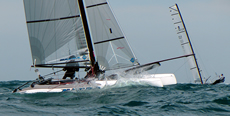 |
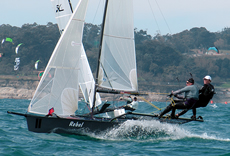 |
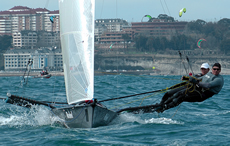 |
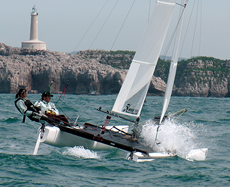 |
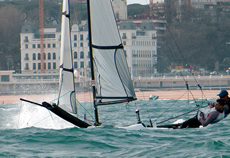 |
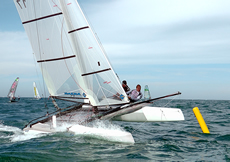 |
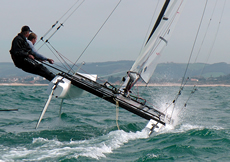 |
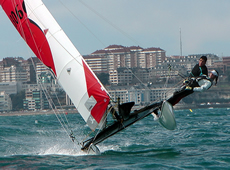 |
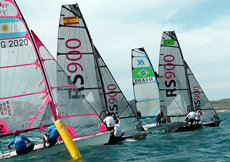 |
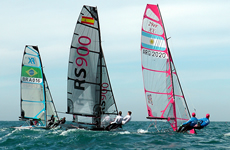 |
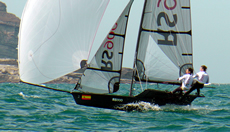 |
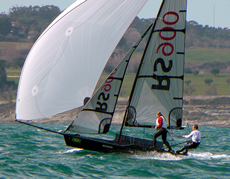 |
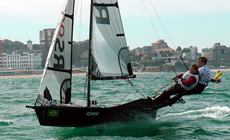 |
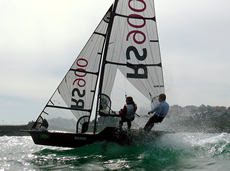 |
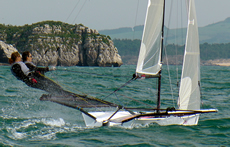 |
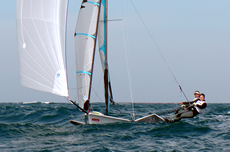 |
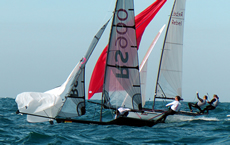 |
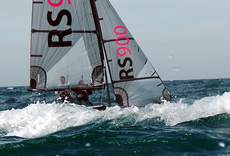 |
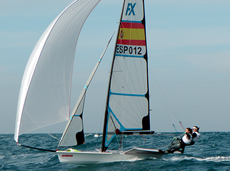 |
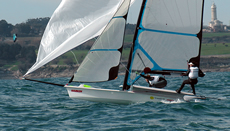 |

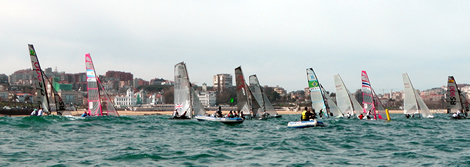







Latest Comments
aardvark_issues 03/04/2012 - 08:04
Which boats didn't come from production moulds?fisher 31/03/2012 - 09:45
From Ross Hobson's comments - how very different these trials were compared to the IYRU "A" & "B" class catamaran trials in 1967 (when the Tornado was selected as an International class). Back then, the restriction was to one boat per class and performance over the entire trials, including reliability, was the defining measure. It was simple but effective, as the success of the Tornado would prove; a success only halted by the stupidity of ISAF in eliminating a multihull from the 2012 Olympic regatta.fisher 31/03/2012 - 09:44
From Ross Hobson's comments - how very different these trials were compared to the IYRU "A" & "B" class catamaran trials in 1967 (when the Tornado was selected as an International class). Back then, the restriction was to one boat per class and performance over the entire trials, including reliability, was the defining measure. It was simple but effective, as the success of the Tornado would prove; a success only halted by the stupidity of ISAF in eliminating a multihull from the 2012 Olympic regatta.Ross Hobson 30/03/2012 - 18:05
Were the trails fair?? - definitely not. A number of the dinghies were not from production moulds (as stated in the 'rules' of the trials) Some manufactures brought more than the 2 defined boats and hence got more evaluations in that those with 2 boats - and had their own professional paid sailors evaluating other boats (duhh?? hows that fair?) Some manufactures used bully boy tactics with their RIBs (which were not meant to be there) to take sailors off the boat they were meant to be testing and put them on their own boat, or blatantly preventing sailors sailing other boats Fair - NO Rigged - Possibly ISAF - weak in managing the eventAdd a comment - Members log in